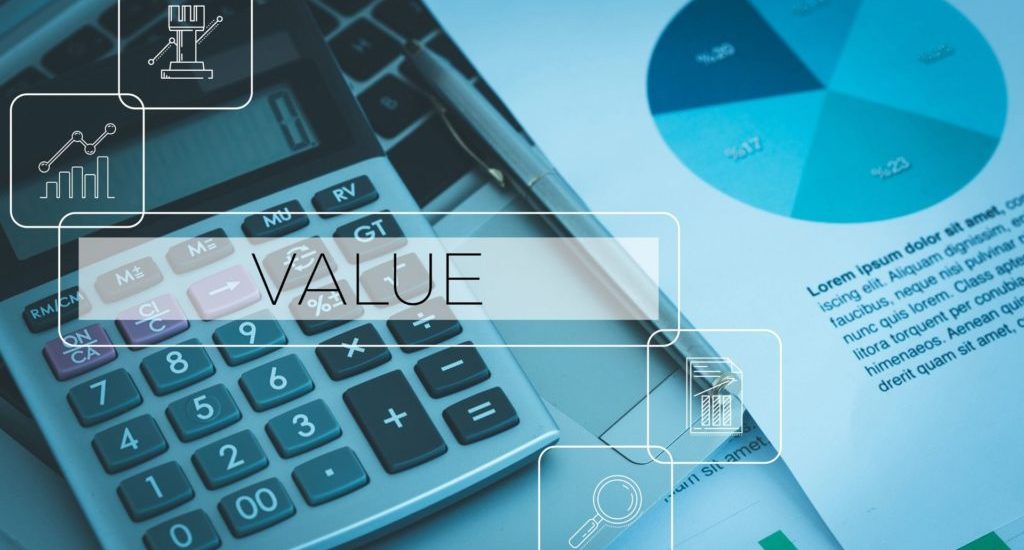- July 7, 2020
- Posted by: mbipuser
- Category: Ip Topics

The United States currently has the largest number of enforced patents in the world. Most people agree that the commercial and scientific market conditions of the nation are highly conducive and inspiring for innovators to focus on their art and create patentable technologies.
This should give you a fair idea of just how many people in one country are working hard to ensure their inventions see the light of the day. For startups or conglomerates alike, granting of protection and rights to continue with their R&D is first a matter of great honor and pride, and then a profitable avenue. A lot goes into coming up with and then working on technologies that are deemed fit for even applying for a patent application. Under these circumstances, they turn to intellectual property (IP) experts to handle patent prosecution expertly. This helps them focus more on their core activities and worry less about drafting the application right and fighting with the US Patents and Trademarks Office (USPTO) for patent approval.
So, is patent prosecution tough and valuable? Inventing or creating a unique business idea for monetary purposes these days is more than just an apple falling atop someone’s head. It’s a lengthy, arduous, and time-consuming process. Consider an entity being turned down by the USPTO for a patent because they did not know how to put forth their facts right at the right time.
Patent prosecution, along the same lines, is also a lengthy, tedious, in-depth process that is often expensive but which is necessary for businesses to take the idea to the next level. Which is why adequate data mining and deliberation play a pivotal role in it too.
A Methodical Process
The inventor’s role is to create a product or service in his field of art that has unique merit points that have never been patented before and which an examiner would consider worth patenting. Translating those highlights in the best possible manner and convincing the examiner why they should be protected for intellectual and monetary purposes are the responsibilities of a patent prosecutor. Hence, it is imperative he/she is familiar with the concept thoroughly to be able to rebut arguments or demerits presented by the examiner. This, ideally, should be the basic principle that all IP attorneys should function on. But is this enough?
Concepts such as finding loopholes or trial-and-error have no place in good patent prosecution. There may hundreds or even thousands of similar patent applications demanding the examiner’s attention, so no one really has the privilege of making a strategy up along the way. The key here is to gather as much information and understand from prior and others’ experiences, which would be the right way forward.
Out of the 430 classes of patents awarded by the USPTO, there are a few categories that are known to have poor allowance rate. Further, some classes are more “crowded” than others., thus examination of applications in such classes is prolong. For example, classed such as 424 and 514 (drugs, bio-affecting, and body treating compositions) will certainly see a spike in the number of patents for vaccines and other treatment solutions for Covid-19.
Product-based industries are known to have a wider scope of perfecting existing technologies to, for example, conserve fuel to run machinery or to reduce their carbon footprint, which may make patent prosecution a relatively simpler task provided all facts are presented correctly. Conversely, service-based industries, belonging to classes 047 or 065, may find it harder to create something so new and different that a patent can be awarded for it. Therefore, a patent attorney will have to put in extra efforts depending on which industry segment their client belongs to.
This is just one example of factors that affect a patent filing and approval process. There are countless others, such as:
a.Past allowance rate of an Examiner
b.History of unsuccessful continuations filed for a class before the applications are withdrawn.
c.Expertise and experience of the Examiners – are they adept with the specific chemical or electrical technology class to which the patent application belongs, and how many such applications have they worked on in the past?
d.Court decisions that may change the underlined examination procedures implemented by the USPTO.
The Benefits
A strong, well-researched patent prosecution strategy will reduce both the client and the attorney’s time and efforts. It is also an effective tool to keep a client informed about the chances of success because, in this world, it is important to know when to call it quits or abandon the initial application and work with the continuation instead.
This also makes it a cost-effective process for the client, with the attorney being able to add value to the process by highlighting which features in the past have led to a product/service getting successfully patented. Should the approach be to emphasize on cross-technology uses of technology or unprecedented socially beneficial impact of a service? Patent prosecution has exited the world of guessing and luck and can now be precise thanks to plenty of data and research avenues.
M&B IP offer a host of patent-related services such as patent prosecution, in-house counseling, IP monetization, and patent mining & strategizing. Their motto is to provide services that go beyond filing a patent application and instead create portfolios that take care of even monetizing potential patent options and maintaining IP rights.
